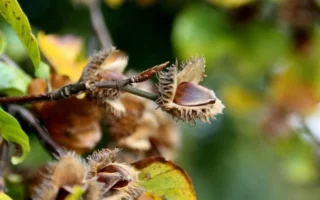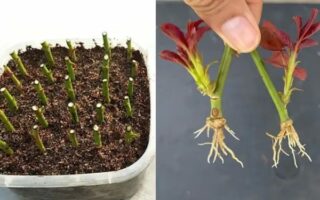Trench composting offers a straightforward and efficient method of enriching garden soil with minimal effort while providing numerous benefits for both gardeners and soil health. This composting technique involves burying organic waste directly in the garden, where it decomposes over time, nourishing the soil with essential nutrients. Here’s a comprehensive guide on how to trench compost, its advantages, and some additional tips to maximize its effectiveness.

How to Trench Compost
- Choose the Right Location: Select a future planting area in your garden that could benefit from soil enrichment.
- Dig the Trench: Create a trench about 12 inches deep, adjusting the length and width according to the amount of compostable material available.
- Add Compost Materials: Fill the trench with a mix of organic waste, including kitchen scraps (excluding meat, dairy, and oily foods), garden clippings, leaves, and coffee grounds. Aim for a balanced mix of green (nitrogen-rich) and brown (carbon-rich) materials.
- Cover the Trench: Conceal the compost materials by covering them with the soil removed when digging the trench. This aids in the decomposition process.
- Water (If Necessary): If the compost material appears dry, lightly water the area to ensure adequate moisture levels. Avoid excessive watering, which can impede decomposition.
- Allow Nature to Work: Over time, microorganisms and worms will break down the organic material, transforming it into nutrient-rich soil. Decomposition duration varies depending on the materials used and local soil conditions.
Why Trench Composting is Beneficial
- Soil Health Improvement: Trench composting enriches the soil with nutrients, enhancing its fertility and structure to promote healthier plant growth and higher yields.
- Waste Reduction: By composting kitchen and garden waste, you reduce landfill waste, benefiting the environment.
- Water Conservation: Composted soil retains moisture better, reducing the need for frequent watering.
- Low Maintenance: Unlike traditional compost piles, trench composting requires minimal upkeep once the organic material is buried.
- Pest Deterrence: Burying compost material helps deter pests attracted to conventional compost piles.
Additional Tips for Trench Composting
- Rotate Composting Areas Annually: Ensure all garden parts benefit by rotating trench composting locations each year.
- Chop or Shred Materials: Accelerate decomposition by cutting or shredding compost materials into smaller pieces.
- Consider Seasonal Timing: Fall composting prepares soil for spring planting, but trench composting can be done year-round when the ground isn’t frozen.
- Layer for Balance: Maintain a balance of green and brown materials in each trench for efficient decomposition.
Trench composting is a valuable method for recycling organic waste into beneficial nutrients for your garden. By following these guidelines, you can enhance soil health, reduce waste, and adopt a more sustainable gardening approach. Whether you’re a novice or an experienced gardener, trench composting offers a straightforward and rewarding way to improve your garden’s productivity and sustainability.




